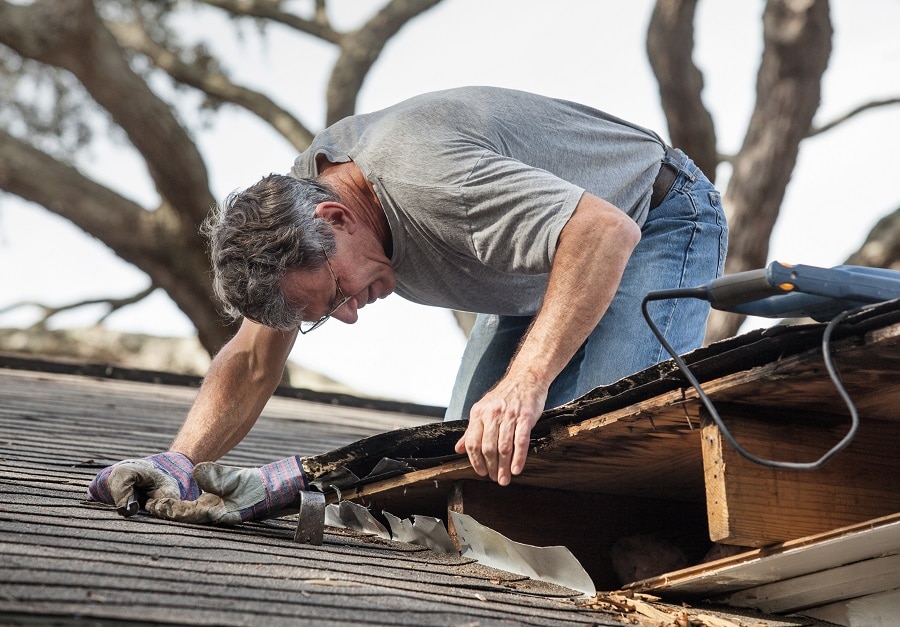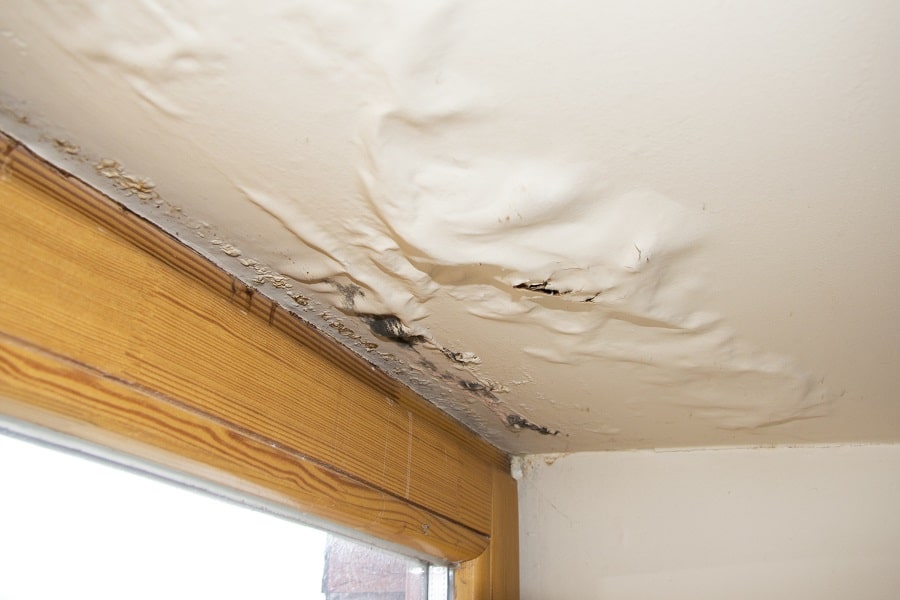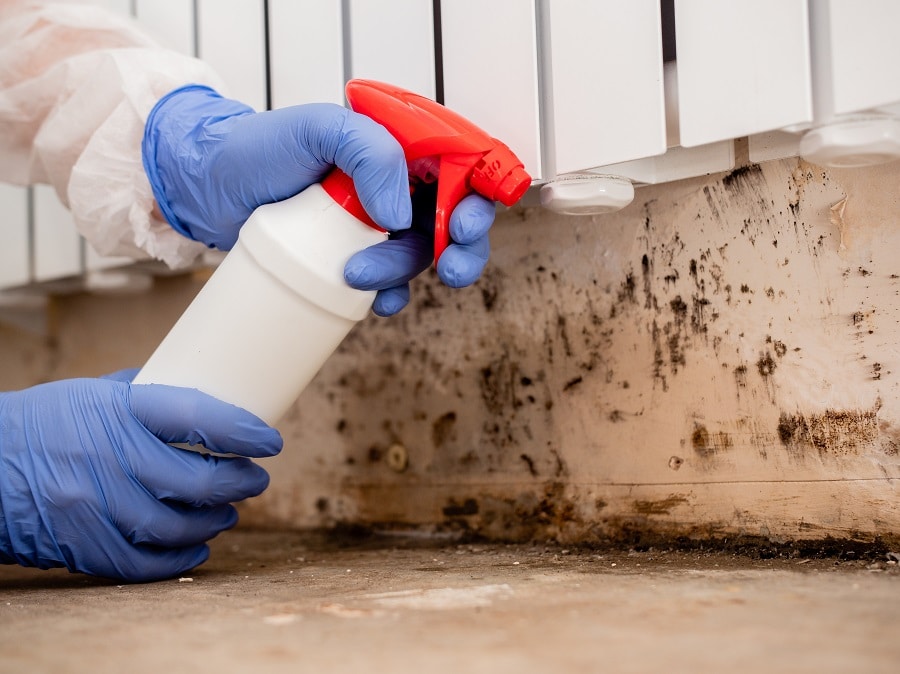Timber decay in buildings, regardless of their age, is often a result of rot. Wood rot can show up in two prevalent forms: dry rot and wet rot, both resulting from fungal decay suffered by building timbers.
What is Wet Rot?
Wet rot is a parasite that can be found in wet timber. It alters the structure of the timber, causing swelling and separating its fibres, which leads to crumbling and loss of strength in the structure. Wet rot can trigger wood decay, making it lose its structural integrity and to eventually fall apart. Incessant contact with sources of moisture is the primary cause of wet rot in structural wood. This exposure could be in the form of penetrating damp from the ‘wet’ side of the building or faulty plumbing. Wet rot is fungi that can spread and inflict damage on neighbouring timbers.
Our Guarantee
- upto 30 year guarantee
- customer focused team
- 20 years combined experience
- portfolio of satified customers
- attention to detail
- Construction line accreditation
- public liability insurance
- CHAS accreditation
What is the Difference Between Dry Rot and Wet Rot?
Dry rot inflicts extensive damage much faster to structural timber as it spreads through the affected building. Wet rot, however, occurs more often but is typically less severe; decay in such cases is limited to the area affected by water. When fungi are absent, dry and wet rot can be differentiated by considering the difference in timber colour and the extent of damage noticed on the timber according to the progression of either type.
What causes Wet Rot?
Certain environmental conditions dictate the appearance of wet rot spores on timber. Moist timber is arguably the chief cause of wet rot. Moisture plays a major role in the appearance and progression of wet rot. Consequently, the timber begins to display obvious signs of decay.
The Dangers of Wet Rot in West-Sussex
Wet rot is a serious problem. It can cause irreparable damage to your home and reduce its value. Wet rot in the home must be addressed immediately, otherwise, you run the risk of it spreading and infecting the rest of your home. Recent surveys of 2,038 London homeowners asked whether they experienced wet rot, where the rot had taken hold and whether they were able to stop it recurring in the future.
The shocking results revealed that more than 20% had experienced wet rot in their homes. Wet rot can attack timber flooring; making the property lose its structural integrity. Apart from the costly repair work, it could go even further by devaluing your property. Most insurance providers will not offer policies to buildings with clear signs of moisture ingress or damp buildup.

What are the Warning Signs of Wet Rot?
The conditions required to facilitate the appearance and growth of the fungus differ depending on the type and cause of moisture it is exposed to. Some noticeable signs include a musty smell, wallpaper peeling, the central heating boiler malfunctioning, and cookers not working properly. Common areas where you can find wet rot include underneath the kitchen sink, along external walls, and roof spaces/attics. Wet rot typically affects old buildings which were built using timber frames other than modern species like Meranti and Sapele. Timber from below ground level up to a one-floor level is another prime victim of wet rot. Recognising wet and dry rot is the first step on the road to tackling it. If you notice any signs of wet rot infestation, then you should carry out a damp survey as soon as possible.
Call Our Sussex Damp Experts team now for quote, consultation and advice:
Call on 01273 257 765.
How and When Should I Look for Wood Rot?
Searching your home for any signs of wood rot or damp should be done annually, just like spring cleaning. The period just before winter; during your weatherproofing activities, is a good time for it. You will need a decent flashlight and a screwdriver, preferably one with a long handle.
You should check the window siding for signs of discolouration and swelling. Wood rot can be disguised by paint, make sure you poke the siding with the screwdriver to be sure that it is solid. If the wood gives in with pressure and has a spongy texture, then you are dealing with wood rot. Test the attic for discoloured wood using a good flashlight. Conduct the screwdriver test if you come across any discoloured parts. Make sure you examine the roof decking’s underside, the joints where the wood members meet at the rooftop, and the attic edges where rafters slant down to form eaves. These are key locations for the growth of wood rot in the attic.
Use the flashlight to examine the wood in the crawl room or basement for discolouration around the border wood plate sitting directly on the concrete wall. Use the screwdriver test wherever necessary. Check floors and walls for signs of discolouration underneath the sinks or water leakage around the water heater and baths/tubs.
How do we identify wet rot?
Identifying wet rot is not an exact science, there many different forms of wet rot that can affect timber in different ways. If a knife can be buried up to the hilt in painted timber, the wood is suffering from rot. Our damp-proofing specialists have tons of experience and training to detect the following:
- Localised fungal growth on timber
- The soft, spongy feel of timber; the affected area appears darker than the surrounding timber.
- The soft and spongy texture of rotting timber; the affected region often looks darker than the other parts.
- That spongy, soft feel timber gets when affected by wet rot; the affected parts are darker than the other areas.
- The spongy, soft texture of rotten timber; the infested area is darker than the other parts.
- The springy feeling that is an indicator of wet rot; the affected area is often darker than others around it.
- Crumbling of affected dry timber into particles.
- Dry timber crumbling into particles.
- The crumbling of infested timber into dry particles.
- Dried-out timber disintegrating into particles.
- The disintegration of rot-eaten timber into particles.
- Shrinking timber
- Bleaching wood in window and door frames
- Flaky or damaged paint
- A musty, damp smell
What to Do After You Detect Wet Rot?
You need a damp expert to treat wet rot and make sure the source of moisture is cut off to prevent a recurrence. For more help on wet rot treatment, Sussex Damp Experts can help! Reach us on 01273 257 765 today.
Wet Rot and Damp Proofing in West-Sussex

If you need damp proofing services or wet rot treatment in West-Sussex, you are on the right page. Call us if you notice any signs of damp or wet rot in your home, we can fix the problem and help you avoid the health risks and potential damage to your building’s structural integrity as the decay spreads. We will investigate the source of the damp or wet rot and provide solutions as well as advise on how to prevent a similar situation.
Timber damp proofing, not to be confused with cosmetic treatment, refers to a maintenance strategy intended to protect the timber from decay. Protection for timber is possible in two ways.
Surface treatments are never reliable; they fail and worsen the situation in due course. The only available solutions include covering the surfaces using membranes, treating or replacing the timber. If you would like to speak with one of our experts or require further information about treating wet rot, call us on 01273 257 765 and let Sussex Damp Experts help.
Wet Rot Treatment Specialists in West-Sussex
With 20 years experience tackling wet rot in West-Sussex, we are leading specialists offering free, no-commitment cost estimates and site surveys to a wide range of property owners. Our wet rot and damp proofing experts will visit you, identify the signs of water ingress or wet rot, and then recommend the best course of action. Our experts use advanced methods to detect and treat various forms of rot in properties.
Wet Rot Treatment in West-Sussex
Typically, wet rot occurs only in locations where timber has been exposed to moisture and where the wood continues to be damp. However, when we treat wet rot, we do not just fix the damage caused by it. The problem must be treated at its source. We identify how the timber gets in contact with moisture and block it against future occurrences. Wet rot treatment should be handled by professionals who understand the process and can provide lasting solutions. Delay in treatment can result in a compounded increase in the treatment cost. You are best served to contact damp proofing specialists such as Sussex Damp Experts immediately you notice signs of fungi development or hyphae strands.

We have the skills to get rid of wet rot. Sussex Damp Experts is always willing to help, we quickly assess the source of the moisture and which areas suffered damage. Delaying could be fatal, call 01273 257 765 today or fill the contact form to save your timber!
Our Wet Rot Treatment Process in West-Sussex
The damage worsens the more you put off starting the treatment process. Treatment might only be required for a small area if you can detect the signs of fungal rot early enough. In situations where the rot has advanced across your timber’s breadth, you may need to get replacements for full timber beams or take on major repair work. Wet rot treatment involves several steps. The wet rot treatment should start by attacking the problem at the root; protecting the timber from contact with moisture. If there is a seepage of water into your home or timber, regardless of whether the cause is broken guttering, condensation, or anything else, we locate the source of water/moisture ingress and take corrective action. Builders and contractors who lack expertise often resort to replacing the affected wood. Thereafter, such treatment typically involved the spraying of chemical preservatives in the affected area. This approach is sure to fail. If you notice even the slightest signs of wet rot in your property, the team at Sussex Damp Experts is more than happy to help out. Call us today.
What happens to Wet Rot if left untreated?
If you ignore wet rot treatment, your property’s structural timber will ultimately weaken and, in some cases, even pose a health risk to the inhabitants. When rot settles in, the timber gets soft and will cave in when poked with a sharp object such as a knife or a screwdriver. An extreme result means that structural timbers lose their integrity over time. In a worst-case scenario, this means your property could be condemned. Call Sussex Damp Experts 01273 257 765 and discuss your project with one of our wet rot treatment experts today.
What is the cost of Wet Rot Treatment in West-Sussex?
Rot can be devastating for any property. Repair and damp proofing costs will be different for each project based on the type and level of damage inflicted on the wood. However, don’t let it deter you. With our team of experts on hand to help, you’ll quickly discover that with wet rot treatment in West-Sussex, it is more affordable than you would expect. We advise you on the right decisions for the wellbeing of your family and your home.
How to prevent wet rot?
Wood must be ideally kept dry and treated to prevent the timber from decaying. You can use wood hardeners to give timber in at-risk areas an extra layer of protection against moisture. Areas of a building that are most vulnerable to damp include window boxes and sills, and timbers that haven’t passed through damp proofing treatment such as fungicide and sealant applications but still touch stonework.
Talk to Our Wet Rot Treatment Experts Today!
If you want to speak to our experts for further information on wet rot treatment, call 01273 257 765 today and let Sussex Damp Experts help.
FAQ
Is wet rot smelly?
Is Wet Rot Capable of Spreading?
Can Wet Rot Cause Health Problems?
Is there a DIY treatment solution?




